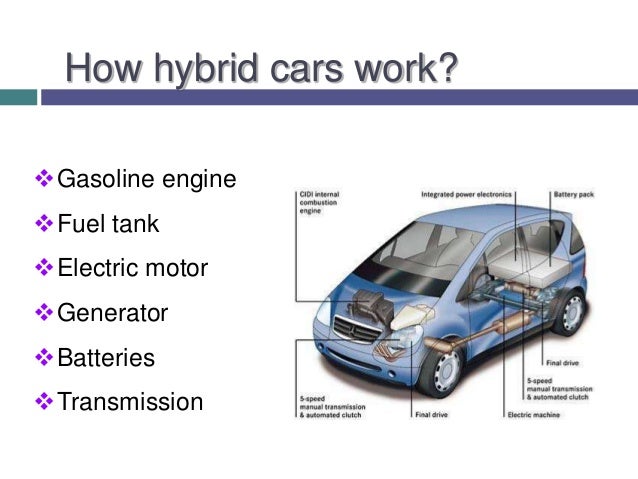- DEFINITION
A hybrid vehicle uses two or more distinct types of power, such as internal combustion engine to drive an electric generator that powers an electric motor,[1] e.g. in diesel-electric trains using diesel engines to drive an electric generator that powers an electric motor, and submarines that use diesels when surfaced and batteries when submerged. Other means to store energy include pressurized fluid in hydraulic hybrids.
- INVENTION
The first hybrid car was in part the brainchild of a Viennese coach builder named Jacob Lohner, who felt that gas-driven cars were too noisy and smelly. To find a solution to this problem, Lohner turned to a young Austrian engineer named Ferdinand Porsche. In 1896, when he was just 21 years old, Porsche had invented the electric wheel-hub motor, a battery-operated motor that actually fit inside the hub of a wheel. Lohner asked Porsche to combine his in-wheel motors with one of Lohner's coaches. The result was the Lohner-Porsche Electrolcar. This vehicle was first shown to the general public at the Paris Exposition of 1900.
citations
https:///fuel-efficiency/hybrid-technology/history-of-hybrid-cars1.htm
https://goo.gl/images/QFEUoZ
htmhttps://auto.howstuffworks.com/fuel-efficiency/hybrid-technology/history-of-hybrid-cars1.

